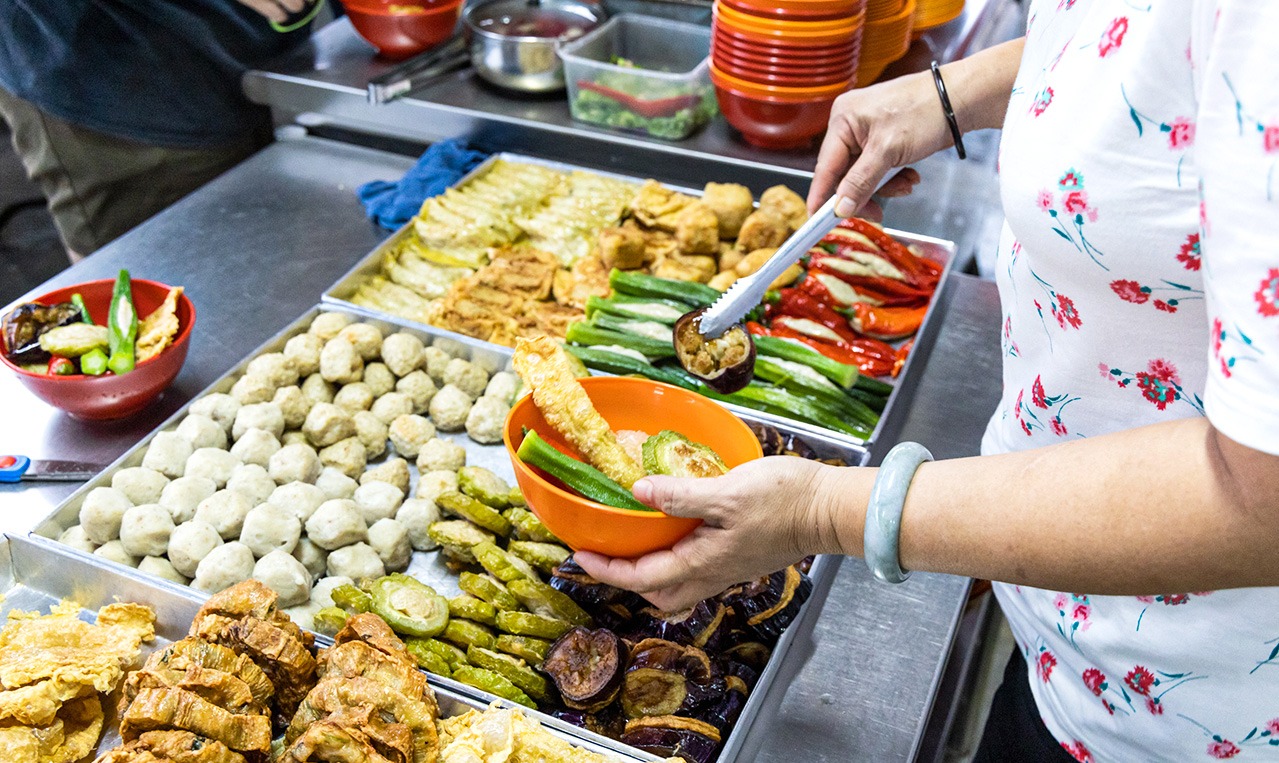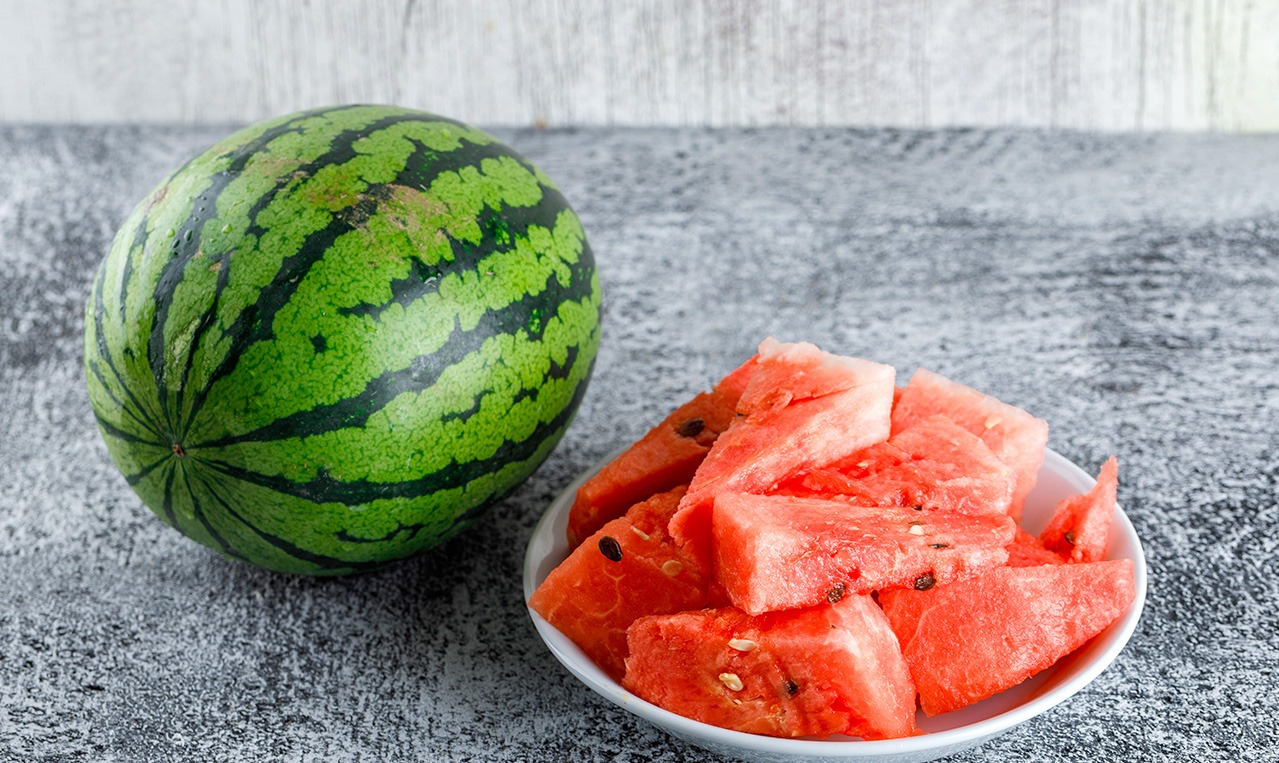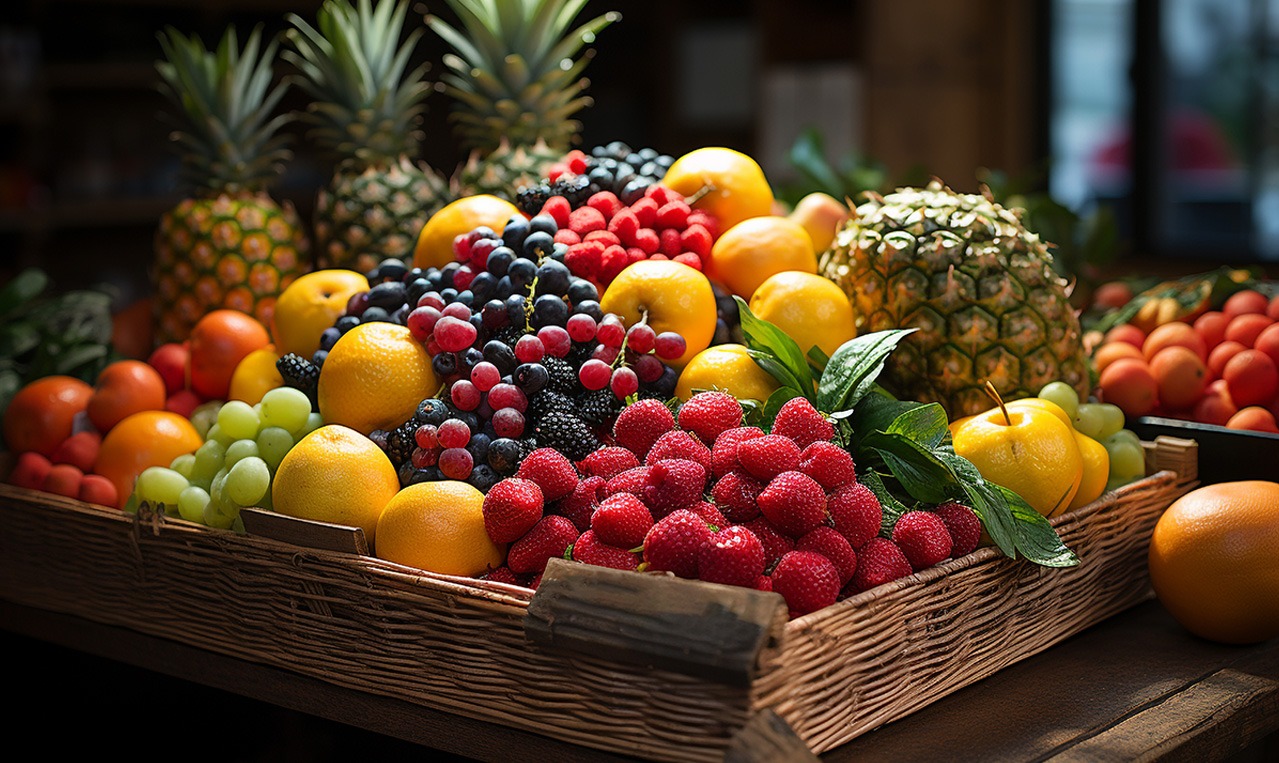Introduction
Dragon fruit, also known as pitaya, is a stunning and exotic fruit that has gained popularity worldwide for its unique appearance and delicious taste. Belonging to the cactus family, dragon fruit has a history dating back centuries and is known for its vibrant red or yellow skin and speckled flesh. In this comprehensive article, we will explore the captivating history of dragon fruit, learn how to successfully cultivate it, and discover techniques to maximize yields, ensuring a bountiful harvest of this extraordinary fruit. Order a variety of fresh fruits, including exotic dragon fruit, online in Chennai today!
Part 1: The History of Dragon Fruit
Dragon fruit’s history is as rich and diverse as its colorful appearance. Originating in Central America, it has a fascinating story that spans continents and centuries.
Dragon fruit, with its striking appearance and delectable taste, boasts a captivating history. Originating in Central America, it was cherished by the Aztecs and Mayans for its edible and medicinal qualities. From there, it journeyed to Southeast Asia, where it adapted to tropical climates, and eventually achieved global popularity for its unique attributes.
1.1 Ancient Beginnings
Dragon fruit, scientifically known as Hylocereus cacti, has its roots in Central America. Indigenous peoples in the region, particularly the Aztecs and Mayans, cultivated various species of this cactus for their edible and medicinal properties. They referred to it as “pitaya” or “pitahaya,” meaning “fruit of the cactus.”
1.2 Spread to Southeast Asia
Dragon fruit made its way to Southeast Asia in the 19th century, likely through trade routes. It quickly adapted to the tropical climates of the region and became a staple in countries like Vietnam, Thailand, and the Philippines.
1.3 Global Popularity
The global popularity of dragon fruit began to surge in the late 20th century. Its striking appearance, sweet and mildly tangy flavor, and reported health benefits made it a sought-after fruit in international markets. The fruit’s global expansion continues to this day, with commercial production in countries like the United States, Israel, and Australia.
Part 2: How to Grow Dragon Fruit
Cultivating dragon fruit is a rewarding endeavor, but it requires careful attention and knowledge. Growing dragon fruit involves selecting the right variety, ensuring well-draining soil and a suitable climate. Propagate using stem cuttings, plant them in well-prepared soil, and provide proper support for their growth. Maintain a consistent watering and fertilization schedule, prune for optimal air circulation, and manage pests and diseases. Maximize yields through cross-pollination and timely harvesting. Here’s a step-by-step guide on how to grow this intriguing fruit successfully:
2.1 Selecting the Right Variety
There are several dragon fruit varieties, each with unique characteristics. Common varieties include the red-fleshed “Hylocereus undatus” and the yellow-fleshed “Hylocereus megalanthus.” Choose a variety that suits your climate and personal preferences.
2.2 Soil and Climate Requirements
Dragon fruit thrives in well-draining soil with a slightly acidic to neutral pH (around 6.0-7.0). It prefers tropical or subtropical climates with mild winters and a consistent growing season. The plant is sensitive to frost and extended periods of cold, so consider these factors when selecting a location for cultivation.
2.3 Propagation
Dragon fruit can be propagated by stem cuttings. Select healthy, disease-free stems, and allow them to air dry for a few days before planting. This minimizes the risk of rot during the rooting process.
2.4 Planting
Plant the cuttings in a well-prepared hole or container filled with well-draining soil. Create a trellis or support system for the growing stems to ensure they don’t sprawl on the ground. This helps prevent disease and damage to the fruit.
2.5 Watering and Fertilization
Dragon fruit requires regular watering, especially during dry spells. Apply a balanced, slow-release fertilizer a few times a year to provide essential nutrients. Be cautious not to over-fertilize, as this can harm the plant.
2.6 Pruning and Maintenance
Prune the plant as needed to encourage healthy growth and prevent overcrowding. Remove damaged or diseased stems to maintain plant vitality.
2.7 Pest and Disease Management
Common pests that may affect dragon fruit include aphids and scale insects. Regular monitoring and the use of organic or chemical treatments, if necessary, can help control these issues. Preventing fungal diseases is crucial through proper watering and air circulation.
Part 3: Maximizing Dragon Fruit Yields
If you’re looking to maximize the yield of your dragon fruit plants, there are several strategies you can employ:
3.1 Cross-Pollination
fruit plants are self-pollinating, but cross-pollination can significantly improve fruit set and yield. Introducing multiple fruit plants of different varieties in the same area can facilitate cross-pollination and lead to a higher fruit production rate.
3.2 Proper Nutrition
Ensuring your fruit plants receive adequate nutrition is essential. Regular fertilization with a balanced, slow-release fertilizer can enhance growth and fruit production. Pay attention to macronutrients like nitrogen, phosphorus, and potassium. Get fruits delivered to your doorstep in Chennai and explore how to grow your own fruit at home.
3.3 Pruning and Training
Pruning is not only essential for maintaining plant health but also for improving yield. Removing excess growth and shaping the plant allows for better air circulation and light penetration, which can lead to more flowers and fruit.
3.4 Pest and Disease Management
Regular monitoring and proactive pest and disease management are crucial for preventing any issues that could reduce yield. Using organic and integrated pest management (IPM) techniques is recommended to minimize the use of chemicals.
3.5 Supporting Structures
Providing robust support structures for your fruit plants, such as trellises or arbors, can help maximize yield. A well-supported plant can bear the weight of numerous fruit without bending or breaking.
3.6 Timely Harvesting
Harvesting fruit at the right time is crucial. This typically involves waiting until the fruit reaches its full color and slightly gives to gentle pressure. Picking fruit too early can result in lower sugar content and reduced flavor.
3.7 Optimal Watering
Maintain consistent and appropriate watering practices, particularly during flowering and fruit development. Inconsistent moisture levels can cause fruit drop or cracking.
Conclusion
IT its intriguing history and exceptional appeal, offers both home gardeners and commercial growers a delightful opportunity. With the right knowledge and careful cultivation, you can enjoy a bountiful harvest of this exotic fruit. From selecting the ideal variety to implementing strategies for increased yields, it can be a rewarding addition to your garden or farm, making it well worth the effort. Order fresh fruits online in Chennai today!











